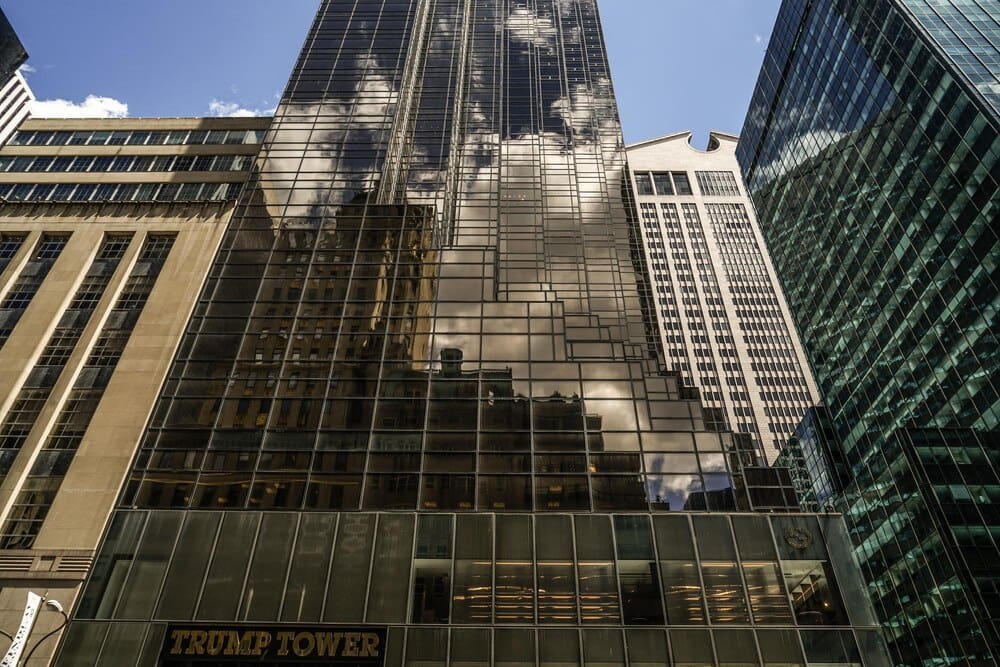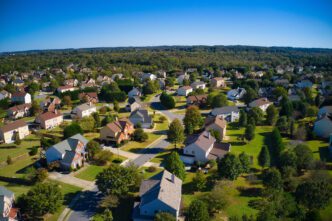In the high-stakes world of American real estate, a select group of billionaires has transformed skylines and communities, amassing staggering fortunes not merely by building structures, but by strategically owning and operating vast portfolios of income-generating properties. Led by quiet titans like Donald Bren of the Irvine Company and ambitious visionaries like Stephen Ross of Related Companies, these developers have built their empires over decades, weathering economic storms by focusing on long-term value in key markets from Southern California to New York City. Their collective success offers a powerful masterclass in the enduring principles of wealth creation through tangible assets, strategic risk management, and the compounding power of patient capital.
The Titans of Tangible Assets: Who Tops the List?
At the apex of American real estate wealth stands a figure who largely shuns the spotlight: Donald Bren. As the sole owner of the Irvine Company, his fortune is estimated to be north of $18 billion, making him the nation’s wealthiest property mogul. His strategy is a case study in discipline and long-term vision.
Bren’s domain is a sprawling 93,000-acre swath of Orange County, California, one of the most valuable tracts of land in the country. Unlike developers who build, sell, and move on, the Irvine Company rarely sells. Instead, it develops, owns, and manages a massive portfolio of properties, including over 590 office buildings, 125 apartment communities, and more than 40 retail centers.
This “buy and hold” philosophy, financed with remarkably low levels of debt, creates a stable and ever-growing stream of rental income. By controlling the entire ecosystem—from the master plan of the community to the management of individual units—Bren ensures quality and maintains pricing power, effectively building a self-contained economic fortress.
In stark contrast to Bren’s low-profile approach is Stephen Ross, the chairman of Related Companies. Ross is a builder of cities within cities, known for taking on monumentally complex and ambitious urban redevelopment projects that capture global attention. His net worth, estimated at over $10 billion, has been fueled by his firm’s ability to execute on a grand scale.
Ross’s crowning achievement is Hudson Yards on the west side of Manhattan, the largest private real estate development in U.S. history. This $25 billion project transformed a barren stretch of rail yards into a vibrant neighborhood with soaring office towers, luxury condos, a high-end mall, and public art. He has replicated this ambitious model with projects like The Grand in Los Angeles, demonstrating a mastery of public-private partnerships and urban placemaking.
Beyond the Marquee Names: The Billionaire Builders Club
While Bren and Ross represent two distinct poles of real estate strategy, the ranks of America’s richest developers are filled with other magnates who have carved out fortunes by identifying and dominating specific niches. Their stories reveal the diverse paths to success in the property world.
Leonard Stern, the chairman and CEO of Hartz Mountain Industries, built his estimated $8 billion fortune on a sector that was once considered unglamorous: industrial warehousing. Decades ago, he began acquiring vast tracts of land in New Jersey, presciently betting that the area’s proximity to the Port of New York and New Jersey would make it a critical logistics hub.
That bet paid off spectacularly with the rise of e-commerce. As companies like Amazon needed ever-expanding networks of fulfillment centers, Stern’s portfolio of over 260 properties, comprising tens of millions of square feet, became indispensable infrastructure for the modern economy.
Another sun-belt billionaire, Igor Olenicoff of Olen Properties, has amassed a fortune of over $9 billion with a focus on suburban office buildings and apartment complexes. An immigrant who fled the former Soviet Union, Olenicoff built his empire from the ground up, concentrating his holdings in Southern California, Florida, and Las Vegas. His strategy is less about headline-grabbing megaprojects and more about the steady acquisition and management of thousands of residential units and millions of square feet of office space.
No list of prominent American developers would be complete without President Donald Trump. Through The Trump Organization, he cultivated a global brand synonymous with luxury real estate, a strategy that set him apart from many of his peers. While the organization holds significant assets like Trump Tower, 40 Wall Street, and the Mar-a-Lago club, a substantial portion of his wealth in the sector was derived from branding and licensing deals.
This model involved developers paying a premium to put the Trump name on their residential towers and hotels, leveraging his celebrity to command higher prices. While different from the long-term hold strategy of Bren or the large-scale development of Ross, it proved to be a highly lucrative approach that capitalized on the power of a personal brand in the world of high-end property.
The Playbook of the Property Barons: Core Strategies for Success
The immense wealth of these developers isn’t a matter of luck; it is the result of executing a consistent set of core principles. For individuals seeking to build their own financial well-being through property, these strategies offer invaluable guidance, scalable to any level of investment.
Strategy 1: The Power of “Buy and Hold”
The most common thread among the wealthiest developers is a preference for generating recurring rental income over the quick profits of a “fix-and-flip.” By holding assets for the long term, they benefit from property appreciation, mortgage paydown by tenants, and, most importantly, a steady stream of cash flow. This approach creates a durable, compounding engine for wealth that is far more resilient to economic cycles than a strategy based on speculation.
Strategy 2: Mastering Leverage and Debt
Real estate runs on debt, but the savviest investors treat it as a tool, not a crutch. They use leverage to acquire more income-producing assets than they could with cash alone, amplifying their returns. However, they are also deeply disciplined about managing their debt levels. Donald Bren’s Irvine Company is famous for its low-leverage model, which allows it to ride out recessions without being forced to sell assets at fire-sale prices. The lesson is clear: use debt to grow, but never so much that you lose control.
Strategy 3: Location, Location, and Long-Term Vision
The old adage holds true, but for these titans, it’s about more than just buying in a good neighborhood. It’s about identifying areas with catalysts for long-term growth or, in the case of Ross and Bren, creating the catalysts themselves. They don’t just invest in a location; they invest in a vision for that location’s future, whether it’s transforming a rail yard into Hudson Yards or building a master-planned community from scratch.
Strategy 4: Diversification Within Real Estate
While some specialize, the largest players typically build diversified portfolios across different property types. Owning a mix of residential apartments, commercial offices, retail centers, and industrial warehouses provides a powerful hedge. A downturn in the office market due to remote work might be offset by a boom in logistics space driven by e-commerce. This portfolio approach creates stability and insulates their empires from sector-specific shocks.
The Future of Real Estate Fortunes: Trends and Challenges
The landscape that minted these billionaires is continuously evolving. The post-pandemic shift toward remote and hybrid work models presents a significant headwind for owners of traditional office buildings, forcing them to rethink the purpose and design of commercial space. Simultaneously, the sustained growth of online retail continues to fuel unprecedented demand for modern logistics and warehouse facilities, benefiting developers like Leonard Stern.
Looking forward, two major forces are reshaping the industry. First, sustainability and ESG (Environmental, Social, and Governance) criteria are no longer optional. Modern tenants and capital partners demand energy-efficient buildings and developments that contribute positively to their communities. Second, the rise of “PropTech”—technology in real estate—is revolutionizing everything from property management and leasing to construction, offering new avenues for efficiency and value creation.
Ultimately, the stories of America’s richest real estate developers are about more than just buildings and balance sheets. They are a testament to the power of a long-term perspective, the strategic management of capital, and an unwavering belief in the enduring value of physical assets. While their scale is unattainable for most, the core principles they champion—patience, discipline, and a clear vision—provide a timeless blueprint for anyone looking to build lasting wealth on a foundation of brick and mortar.








